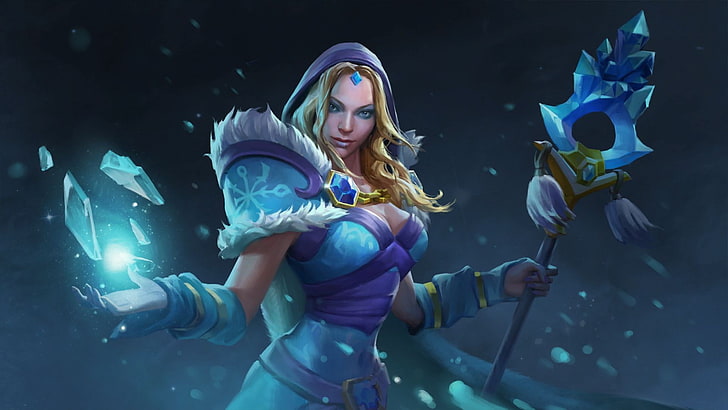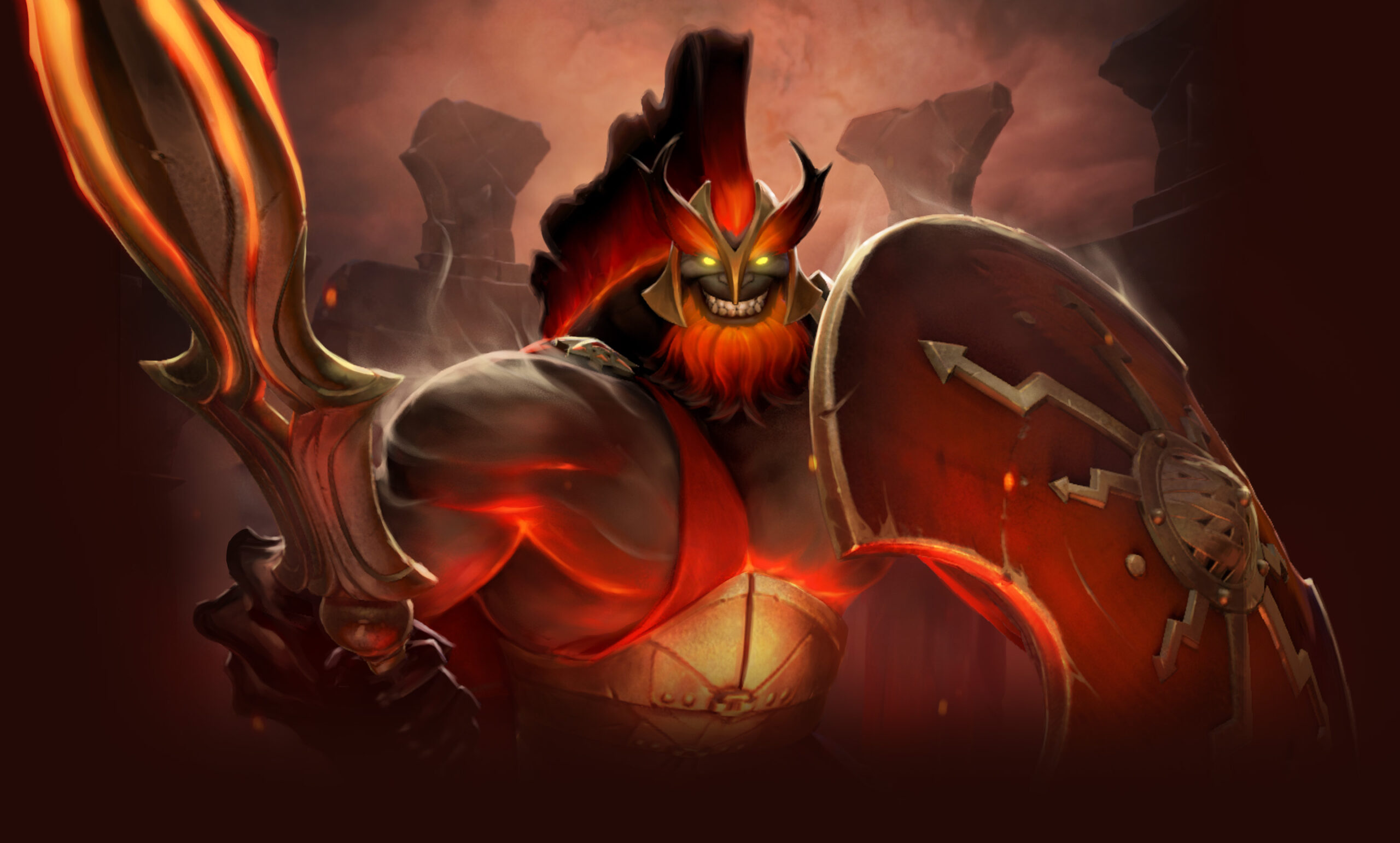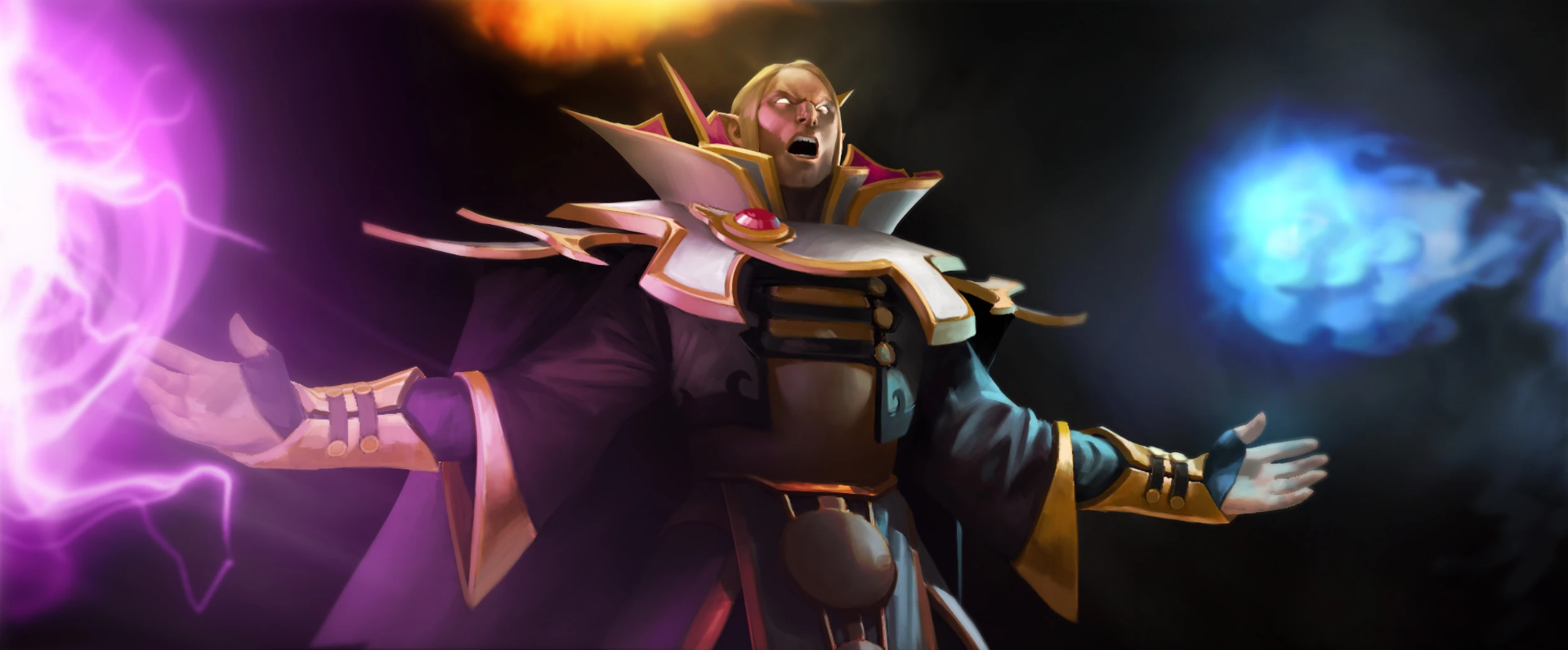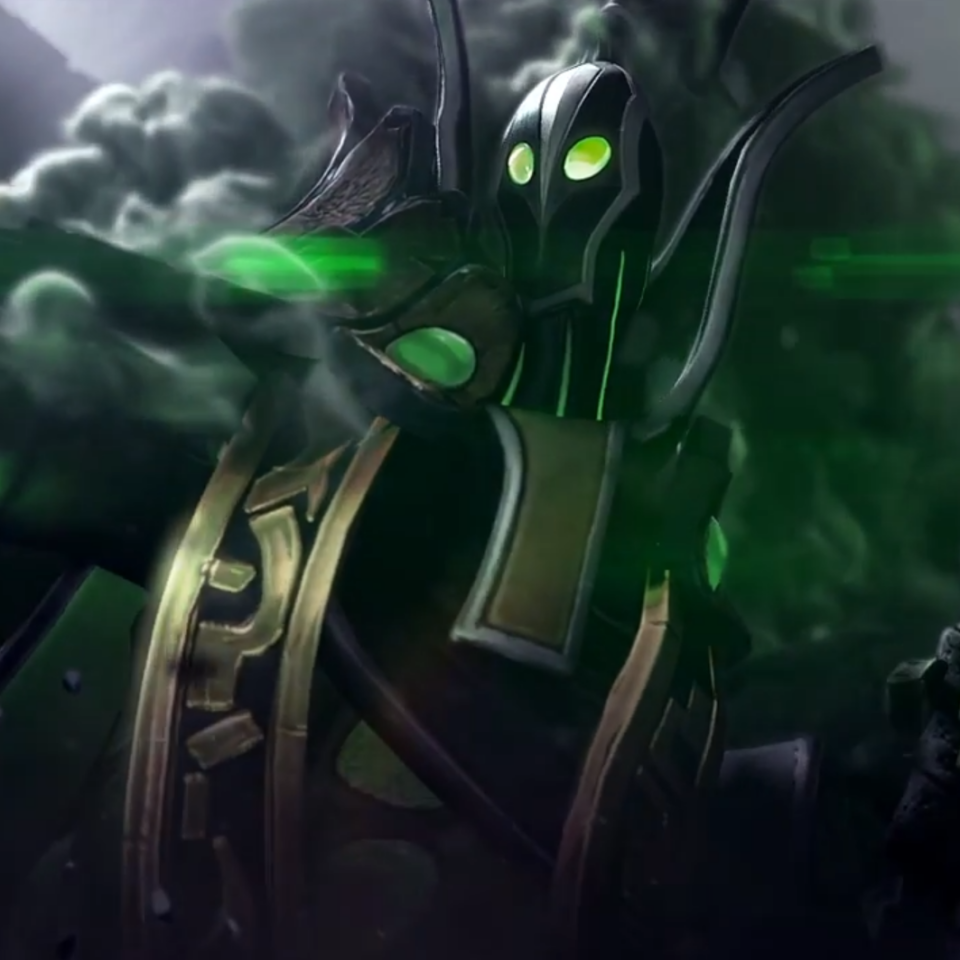Knowing your place and role really helps a team come together.
Just like in any game, knowing your role and position is vital in forming a winning team. Not every player plays the same way and with 124 heroes to choose from, figuring out the positions to best place them in is part of Dota 2’s overall strategy.
A quick note on how these positions and roles are determined. Money and hero levels are important resources that are needed to power up your team. However, earning them can be difficult and so these positions are determined based on who gets priority for these resources. This means that those in lower priority give up the opportunity to farm for money and levels to those who need it more, thus creating the Dota 2 positions and roles we know today.
Position 5 – The Main Support
Starting off with the role that gets the least amount of resources, position 5 players carry a heavy burden for the team. Their job is to provide valuable utility while taking as little as possible to make their team’s lives easier. Whether that’s placing wards for map vision or buying potions for their carry, they ensure their team gets ahead. As such, heroes with high-impact abilities such as heals or crowd-controlling effects are favored for support.
A lot of the time a position 5 player’s contribution can feel very minimal. In fact, since they have the least amount of resources from the team, it can seem that they’re a liability with how weak their heroes are. But there’s a lot of hidden power behind a support player. Their performance can literally turn the tide of a match, so you should never underestimate them.

Position 4 – The Semi Support
Sometimes called a roamer or jungler, position 4 players live to make life difficult for their opponents. While their main function is still to support, they do so by harassing their enemies therefore allowing their team the space to scale up.
Position 4 players take on a lot of risk with the way they play. Disrupting the enemy usually means going deep into enemy territory, far from where their team can help them. Therefore, mobile and disruptive heroes are needed to make these daring plays. Sometimes these plays can backfire horribly, but the headaches they can cause make up for it.
Position 3 – The Core Offlaner
The first of the Core roles and one that requires a bit more explanation. A Core is a role that leads the charge in terms of damage and teamfights. This means that they need more items and levels to reach their full potential.
For position 3 players, they play in the offlane, which means to say that they play at a disadvantage. With the way the roles and map are set up in Dota 2, it’s inevitable that one player will have the difficult job of laning against two enemies. The trade-off for this is that they get to keep all the lane’s resources for themselves.

This is how a position 3 player turns into a Core later in the game. By surviving and denying resources from their opponent, they can grow into a real threat to the team. This usually means that only the most durable heroes are played in the offlane.
Position 2 – The Mid Core
The name is pretty self-explanatory for position 2 as they do, in fact, play in the middle lane. Position 2 players are responsible for how the early plays for the team will go as they have easy access to other parts of the map. Depending on how well they perform, they can quickly roam to other lanes to assist the rest of their team.
Mid Cores are romanticized a lot in MOBAs as it’s two solo players dueling each other for advantage. Together with position 2 heroes usually having incredible mobility and damage output, it’s no wonder that many see this as the superstar role in Dota 2.

Position 1 – The Carry
As the most fragile yet most resource-intensive role in the game, position 1 players have one clear job: farm until you can deal big damage and carry the game. Of course, that’s easier said than done as the enemy will do everything they can to stop that. It’s usually why carries have position 5 players with them at all times to help them stay afloat.
Heroes that can single-handedly take over a teamfight with their damage are played by position 1 players. While it can be impressive to see a carry tear apart their enemies, they are ultimately nothing without their team. So proper coordination with the team is needed in order for the carry to have room to do their job.
Banner image from Dota 2.
Related Stories:
Four Dota 2 Heroes That Have Changed Drastically Through The Years
MOBAs Simplified: The Basics of the Biggest Genre in Esports
Meet the Three Pinoy Players Heading to The International 2023
